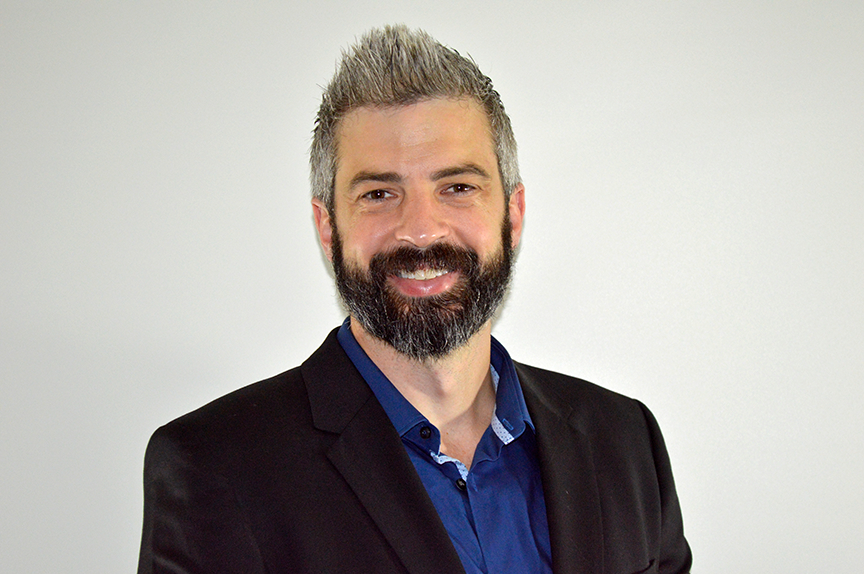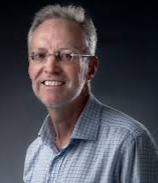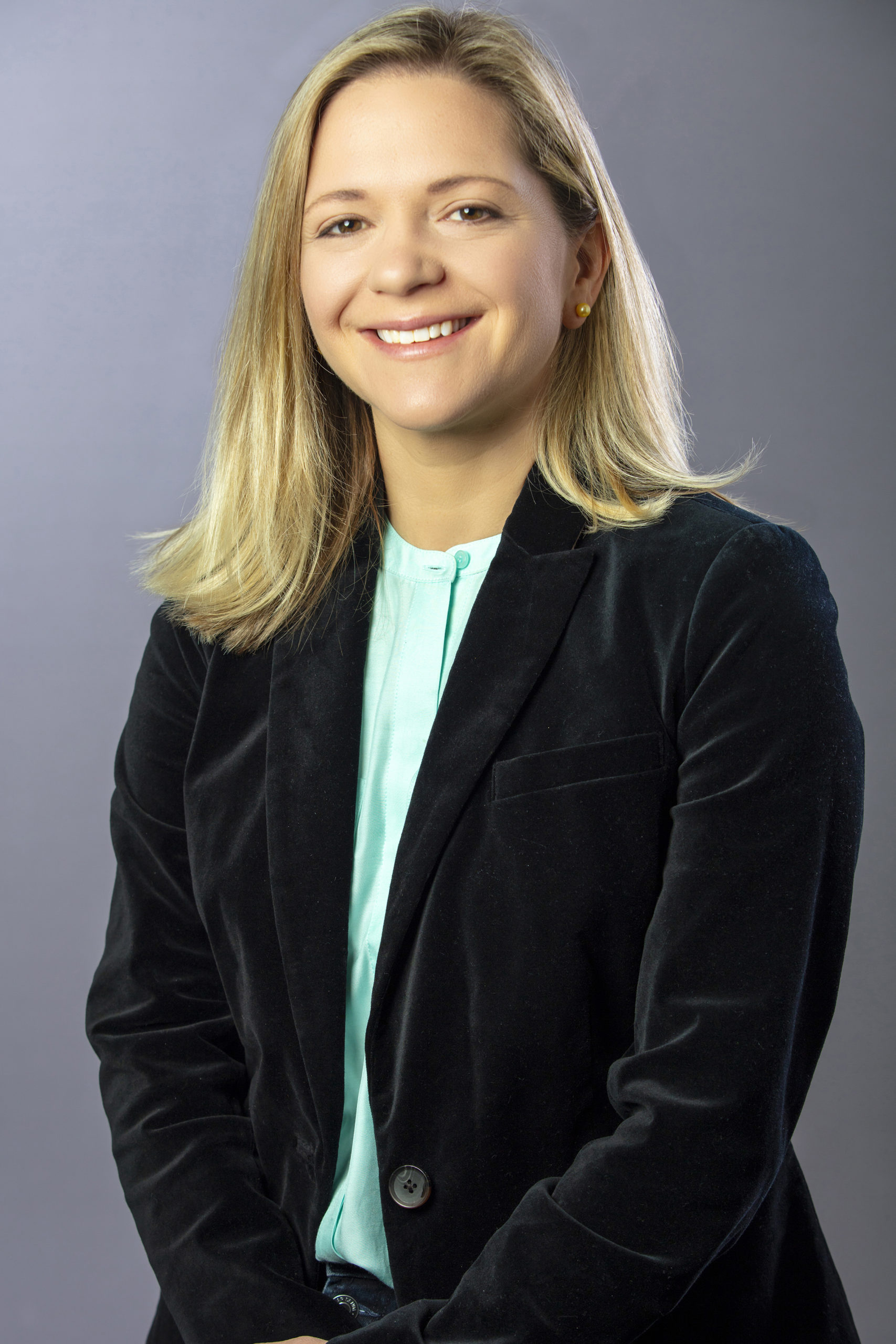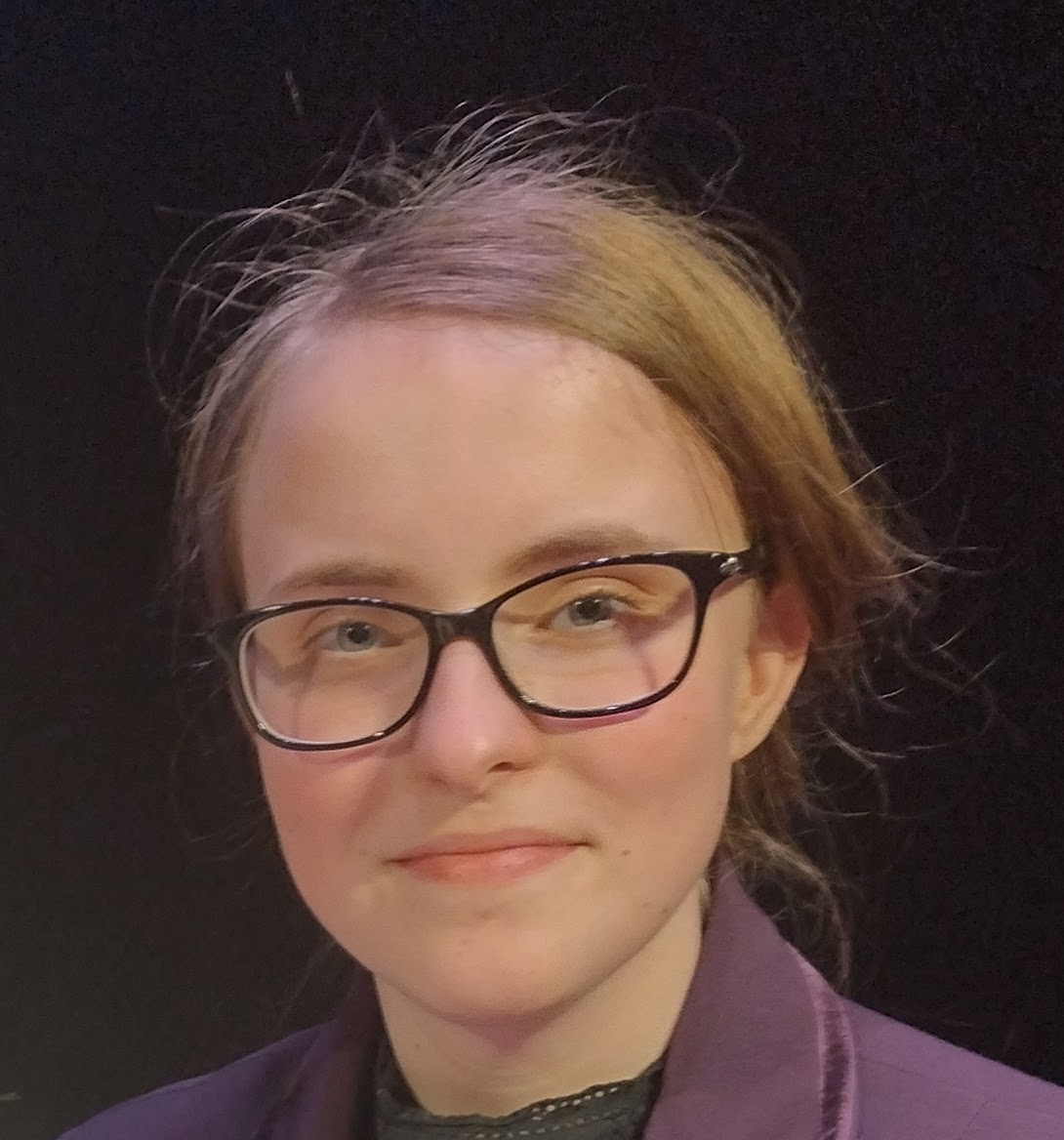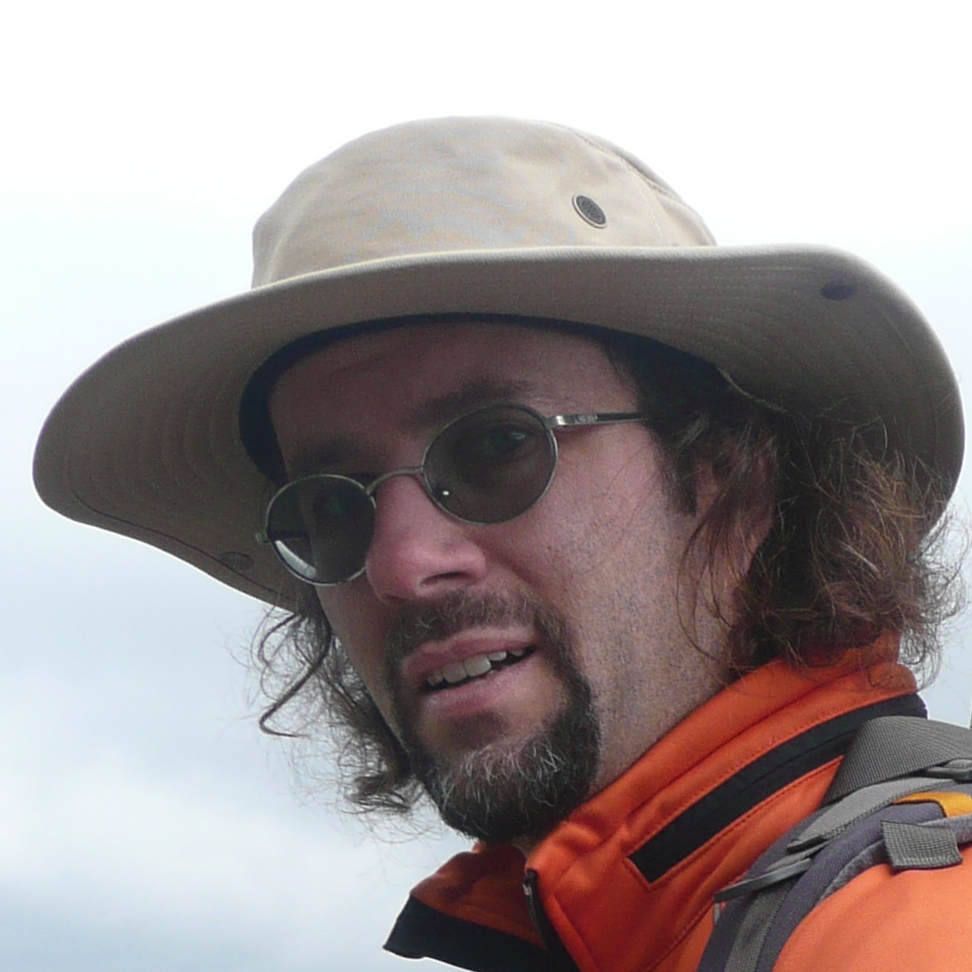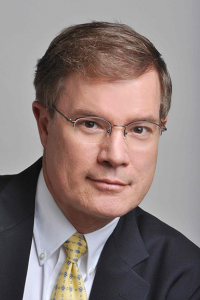Th-234: Lise Meitner and Internal Conversion and Otto Hahn – Nuclear Isomerism and the role of isomeric nuclei in nuclear condensed matter physics
1165 Etcheverry HallDr. Mahnke Heinz-Eberhard email: mahnke@helmholtz-berlin.de , webpage: https://www.helmholtz-berlin.de/pubbin/vkart.pl?v=ozx;sprache=en Abstract: More than hundred years ago, Lise Meitner and Otto Hahn intensively studied the decay of Th-234, working in close cooperation. While Otto Hahn discovered nuclear isomerism, Lise Meitner studied electrons closely related to the gamma transitions following the transformation of Th into Pa. Both, nuclear …



